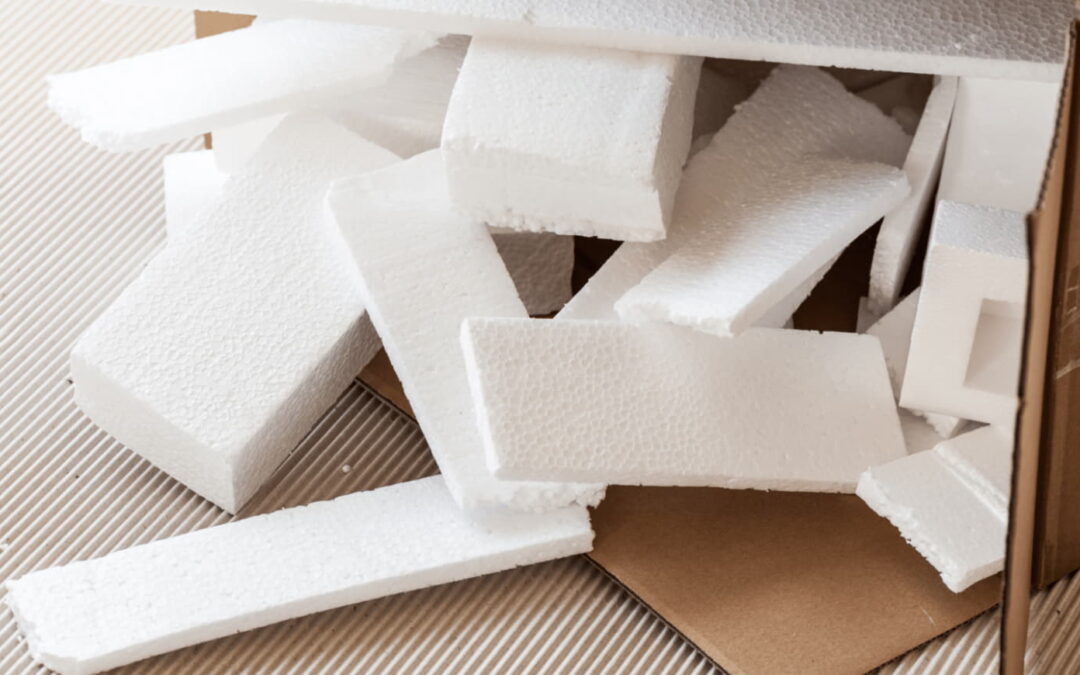In today’s environmentally conscious world, the ability to recycle foam packaging has become a critical topic for businesses and consumers alike. This material, omnipresent in our daily lives, from protective packaging for electronics to takeaway food containers, poses significant environmental challenges due to its non-biodegradable nature. However, advancements in recycling technology have opened new pathways for managing this material more sustainably.
The Journey of Foam Packaging
Foam packaging, particularly made from expanded polystyrene (EPS), has been a popular choice for several reasons: its lightweight nature, excellent insulation properties, and strong protective capabilities. However, its very durability — a boon in the packaging realm — becomes an environmental liability post-consumer use.
Recycling Challenges and Solutions
The main hurdle in the quest to recycle lies in its collection and processing. Foam packaging is voluminous, making it costly to transport, and is often contaminated with food and other residues, complicating its recycling process. Despite these challenges, several initiatives and technologies have emerged to tackle this issue head-on.
Innovative recycling programs have started to make a dent in the problem. These programs focus on compacting the foam to reduce its size, making it more economical to transport. Additionally, solvent-based processes can dissolve EPS, converting it into a raw material that can be used to produce new polystyrene products.
The Role of Polystyrene Foam Packaging
Within the broader category of foam packaging, polystyrene foam packaging plays a significant role. It’s widely used due to its cost-effectiveness and superior insulation properties. Recognizing its impact, manufacturers and recycling facilities are focusing on polystyrene packaging more than ever, aiming to improve its recyclability and reduce environmental footprints.
Consumer Participation in Recycling
An essential aspect of making foam packaging recycling successful is consumer participation. Awareness and education about how to recycle foam packaging correctly are vital. Many people are unaware that foam packaging can often be recycled at local drop-off centres or through curbside programs where available. Encouraging consumers to clean and dry foam packaging before recycling can significantly increase the efficiency of recycling processes.
Conclusion
As we delve deeper into the intricacies of recycle foam packaging, it becomes clear that while challenges exist, solutions are within reach. Through technological advancements, increased consumer awareness, and stronger recycling programs, we can significantly reduce the environmental impact of foam packaging. The journey towards sustainable management of recycled foam packaging is complex but achievable, marking a promising step forward in our collective environmental stewardship.
